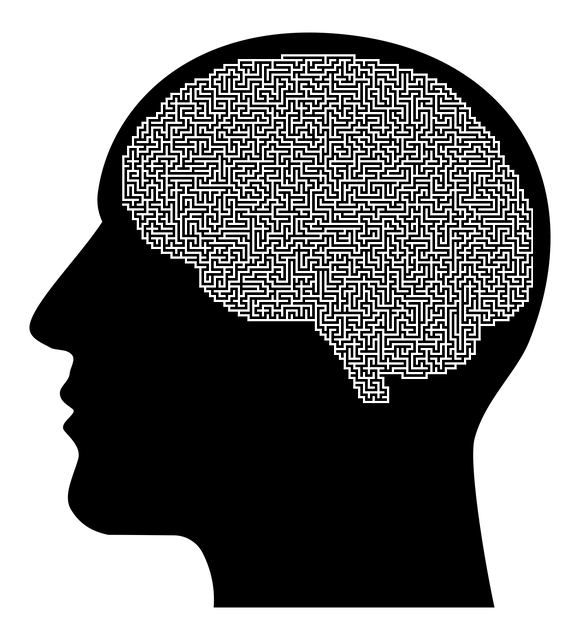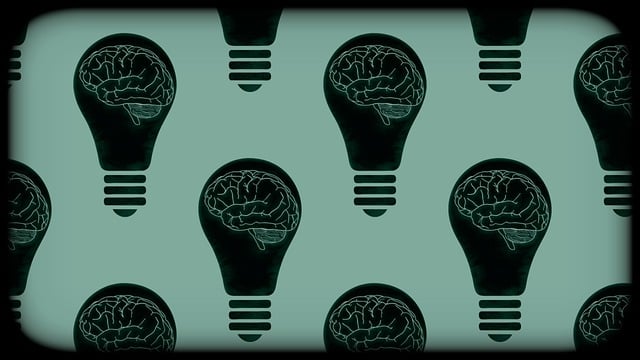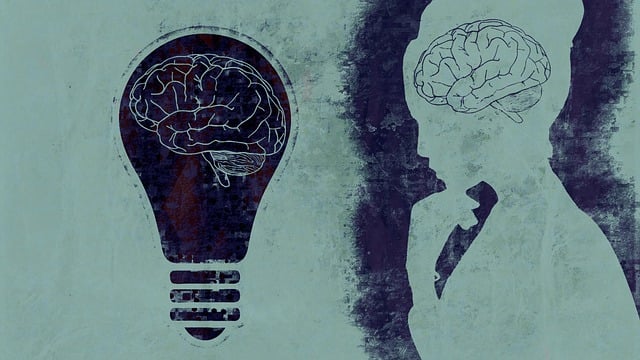Boulder Autism Spectrum Disorder Therapy (BASDT) offers a tailored holistic approach to mental health education, addressing diverse needs of individuals on the autism spectrum. It incorporates evidence-based practices like mindfulness and self-regulation techniques to improve communication, stress management, and resilience. A flexible curriculum, including social skills training and depression prevention, creates an inclusive environment fostering safety, trust, and personal development. Key components involve Mental Wellness Journaling, Risk Management Planning for professionals, and Trauma Support Services, ensuring a supportive ecosystem for participants with unique ASD needs.
In today’s educational landscape, integrating mental health education is crucial. This article explores the design of an effective program, focusing on Boulder Autism Spectrum Disorder (ASD) Therapy as a foundational approach. We delve into creating an inclusive curriculum tailored to the unique needs of individuals with ASD, and present implementation strategies for a supportive learning environment that fosters growth. By combining evidence-based practices from Boulder ASD therapy, this holistic design ensures comprehensive mental health education accessible to all learners.
- Understanding Boulder Autism Spectrum Disorder Therapy: A Foundation for Mental Health Education
- Designing an Inclusive Curriculum: Addressing the Unique Needs of Individuals with ASD
- Implementation Strategies: Creating a Supportive Learning Environment for Optimal Growth
Understanding Boulder Autism Spectrum Disorder Therapy: A Foundation for Mental Health Education

Understanding Boulder Autism Spectrum Disorder Therapy (BASDT) serves as a cornerstone for comprehensive mental health education programs. BASDT focuses on addressing the unique challenges faced by individuals on the autism spectrum, promoting their overall well-being and integration into society. By employing evidence-based practices tailored to neurodiverse minds, this approach fosters skills in self-awareness, communication, and stress management—essential components for cultivating mental wellness.
Incorporating techniques such as mindfulness meditation and mind over matter principles, BASDT empowers individuals with autism to develop coping mechanisms that enhance their ability to navigate life’s complexities. Moreover, it lays the groundwork for effective mental wellness coaching programs development by teaching individuals strategies for self-regulation and resilience. Ultimately, this holistic approach ensures that education goes beyond academics, nurturing the social and emotional well-being of every student.
Designing an Inclusive Curriculum: Addressing the Unique Needs of Individuals with ASD

Designing an inclusive curriculum for mental health education requires a deep understanding and sensitivity to diverse needs, particularly when addressing individuals on the Boulder Autism Spectrum Disorder (ASD) spectrum. Each person with ASD is unique, with varying levels of communication, social interaction, and sensory processing abilities. Thus, creating a flexible program that caters to these differences is paramount.
Curriculum developers should incorporate modules focusing on resilience building, as strengthening coping mechanisms can significantly aid those with ASD in navigating mental health challenges. Social skills training is another critical component, helping individuals with ASD develop effective communication strategies and improve their social interactions. By integrating these elements alongside depression prevention techniques, the program ensures a holistic approach tailored to meet the specific needs of this population.
Implementation Strategies: Creating a Supportive Learning Environment for Optimal Growth

Creating a supportive learning environment is paramount when designing mental health education programs. This includes fostering an atmosphere of safety, trust, and encouragement where individuals feel empowered to explore their mental wellness journeys. Incorporating practices like Mental Wellness Journaling Exercises can provide students with a personal space to reflect and process information, enhancing self-awareness and engagement in the program. The learning environment should also encourage open dialogue and active participation, ensuring that everyone feels comfortable sharing their experiences and perspectives without fear of judgment.
For optimal growth, consider implementing Risk Management Planning for Mental Health Professionals. This involves establishing clear guidelines and protocols to handle sensitive topics or distressing situations that may arise during the program. By integrating Trauma Support Services, participants with past traumas can receive specialized care, ensuring their well-being and fostering a more inclusive learning space for everyone, particularly those on the autism spectrum who might have unique needs. These strategies collectively contribute to creating a supportive ecosystem conducive to learning and personal development.
The design of an effective mental health education program requires a deep understanding of Boulder Autism Spectrum Disorder Therapy and its principles. By creating an inclusive curriculum tailored to the unique needs of individuals with ASD, educators can foster a supportive learning environment that promotes optimal growth. Implementation strategies such as sensitive teaching methods and accessible resources are crucial to ensure every learner feels valued and supported. This holistic approach not only enhances mental health literacy but also empowers individuals on the autism spectrum to thrive in academic settings.














